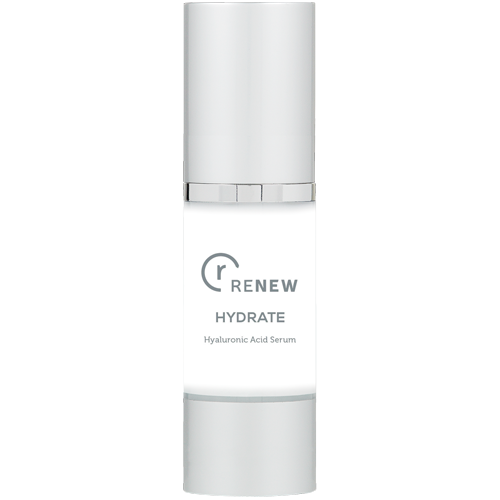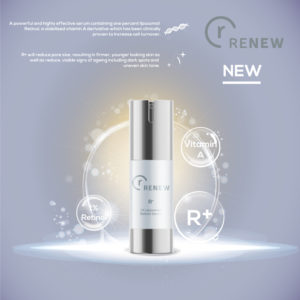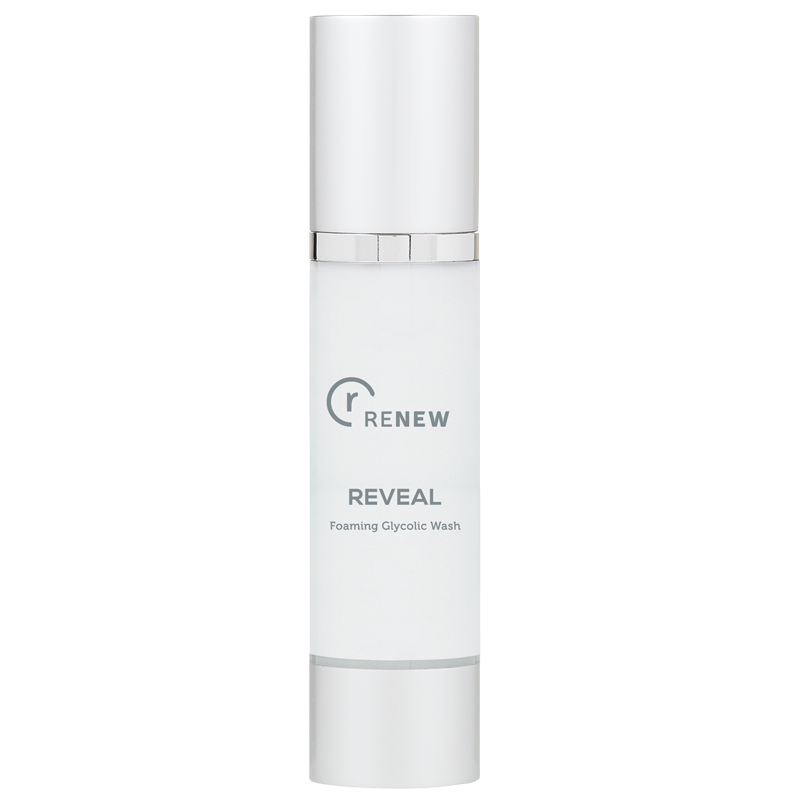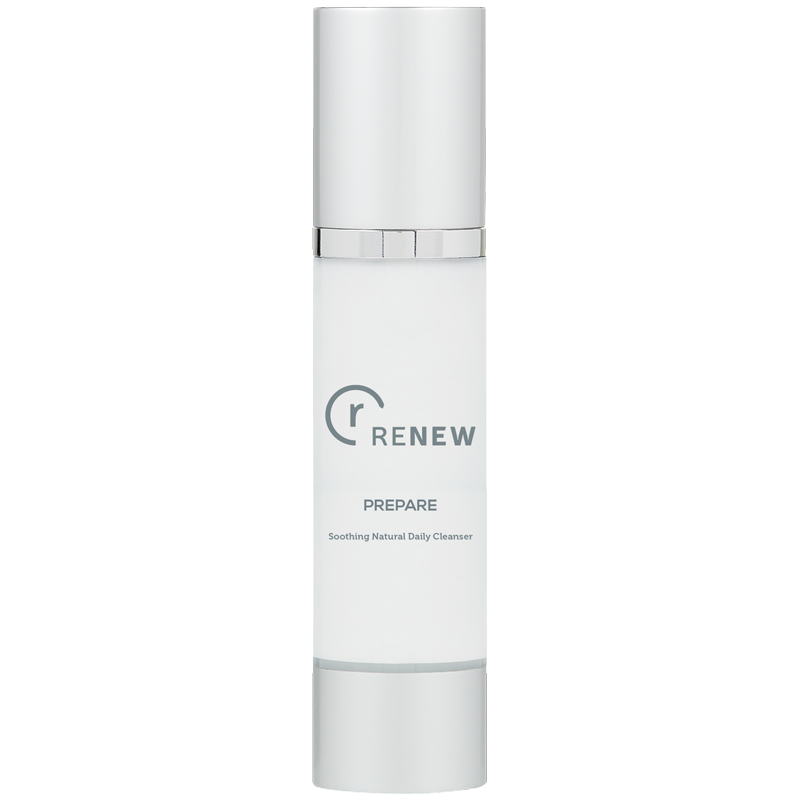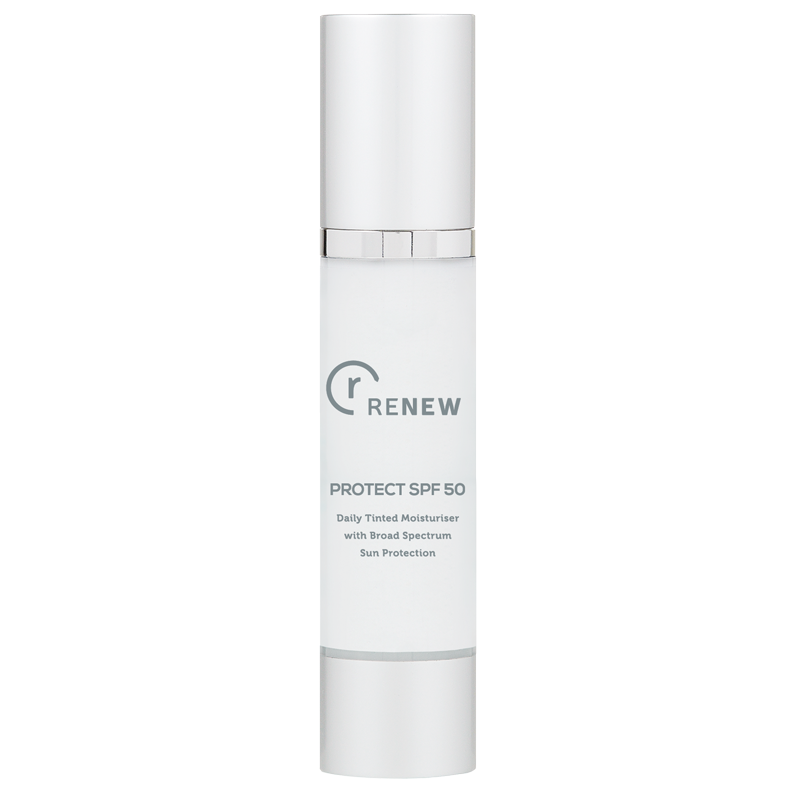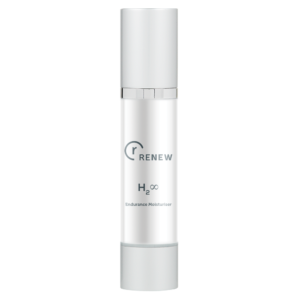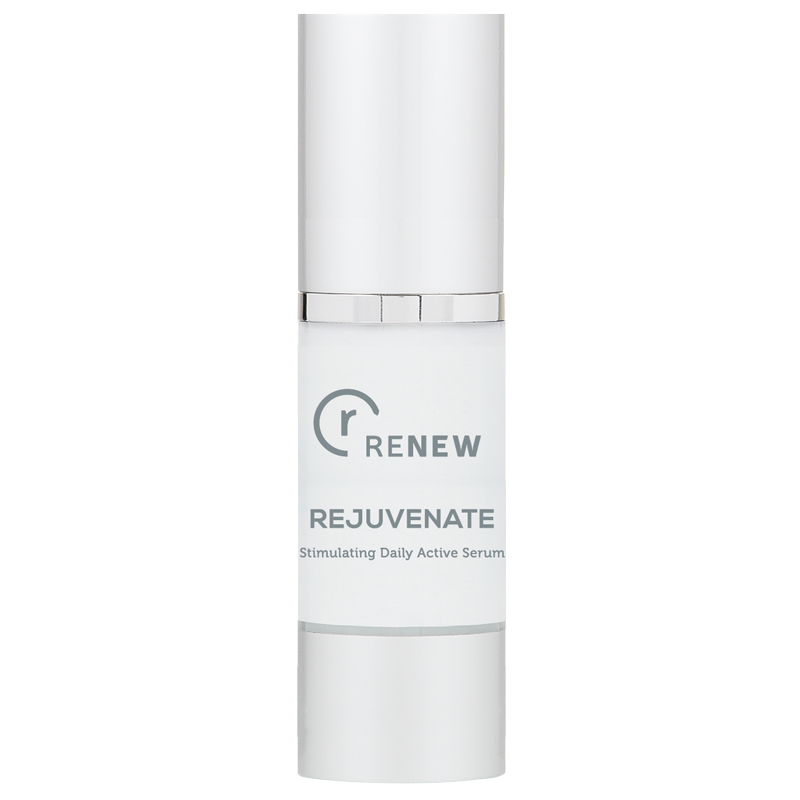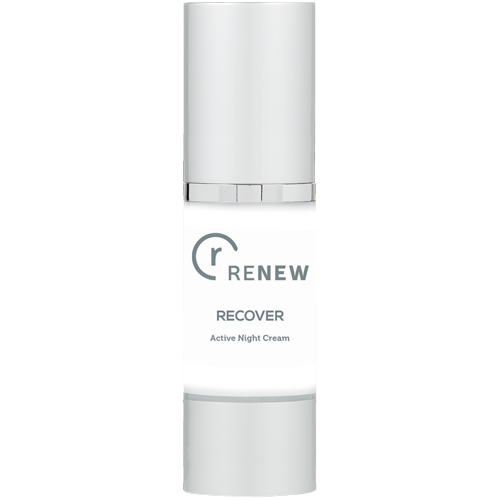Chemical Peels
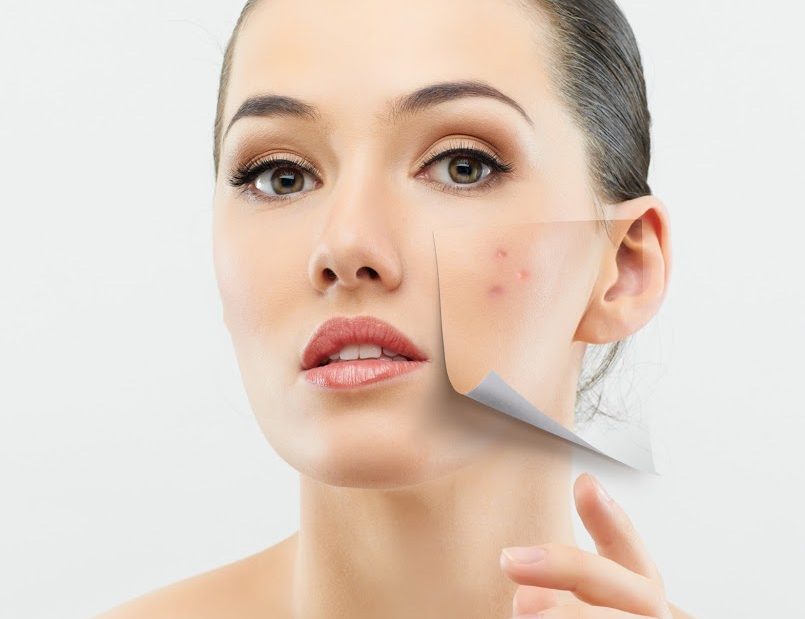
How does it work?
A chemical peel is a precisely controlled thickness burn of an area of skin, which removes several layers of sun-damaged skin cells. This allows the natural healing process of the body to produce a fresher, firmer, rejuvenated skin.
What can you expect during and after the procedure?
A full assessment will be carried out prior to the peel.
The actual peeling procedure generally takes 10 – 30 minutes to perform, depending on the type and depth of the peel. A mild, tingling sensation may be felt during the treatment.
Depending on the specific agent used, the downtime may be none (lunch-time superficial peel) or up to 1 week (medium depth peels). We will select the specific peel intensity for your individual requirements during consultation.
There are 3 different types of peel:
Superficial or lunchtime peel: An alpha-hydroxy acid or another mild acid is used to penetrate only the outer layer of skin to gently exfoliate it. The treatment is used to improve the appearance of mild skin discoloration and rough skin as well as to refresh the face, neck, chest or hands.
Medium peel: Glycolic or trichloroacetic acid is applied to penetrate the out and middle layers of skin to remove damaged skin cells. The treatment is used to improve age spots, fine lines and wrinkles, freckles and moderate skin discoloration. It also can be used to smooth rough skin and treat some precancerous skin growths, i.e. actinic keratosis.
Deep peel: Tricholoracetic acid or phenol is applied to deeply penetrate the middle layer of skin to remove damaged skin cells. The treatment removes moderate lines, age spots, freckles and shallow scars. Patients will see a dramatic improvement in skin appearance. The procedure is used on the face and only can be performed once.
When is a chemical peel appropriate?
Chemical peels are used to treat a number of conditions including:
- Acne scars
- Aging skin
- Crow’s feet
- Hyperpigmentation
- Melasma
- Scars
- Sun damaged skin
- Sagging skin
- Wrinkles
Who is not a candidate for a chemical peel?
Generally light-haired and fair skinned people are the best candidates for chemical peel. The procedure does not work as well on dark-skinned patients as there is a higher risk of pigmentation after the peel. The procedure is not recommended for individuals with infections, active skin disease, cut or broken skin, sunburns or active Herpes simplex 1 sores. Other counter-indications include patients who are:
- Nursing or pregnant.
- Have taken Accutane in last six months.
- Have psoriasis, eczema, dermatitis or rosacea.
- Have used Retin-A, Renova, prescription skin care products, products that contain ascorbic acid, bleaching or skin-lightening agents or other acid-based products in the last 48 hours.
Are chemical peels painful?
Chemicals peels sting but do not cause a great deal of pain. The gentlest peels use alpha-hydroxy, glycolic, lactic or fruit acids are also gentle. They may cause stinging, redness, irritation and crusting but as the skin begins to adjust all these problems will lessen.
Trichloroacetic acids are used for stronger peelings. They remove wrinkles, superficial blemishes and pigment problems. Phenol is the strongest of all treatments and removes deep lines and wrinkles on the face. These type of treatments sting more than those with the gentler acids. After the treatment there may be redness, swelling and irritation but the use of creams and gels will reduce these effects. Also the doctor may prescribe medicines that will help relieve the problems after the peel. The deeper the peel, the more “down time” there will be afterwards.
What are the complications or potential side effects of a chemical peel?
- Temporary or permanent change in skin colour, particularly for women on birth control pills, who subsequently become pregnant or have a history of brownish facial discoloration.
- Scarring
- Reactivation of cold sores
What can I expect after having a chemical peel?
All peels require some follow-up care:
- Superficial peels require one to seven days to heal. Treated skin will initially be red and may scale. Lotion or cream should be applied until the skin heals, followed by daily use of sunscreen. Makeup can usually be worn the next day.
- Medium peels require seven to 14 days to heal. Treated skin will initially be red and swollen. Swelling worsens for the first 48 hours. Eyelids may swell shut. Blisters may form and break. Skin crusts and peels off in seven to 14 days. Skin must be soaked daily for a specified period, followed by ointment application. Antiviral medication is taken for 10 to 14 days. Mild lotion or cream may be applied. Avoid all sun exposure until healing is complete. Camouflage makeup may be worn after five to seven days. A follow-up appointment will be necessary to monitor progress.
- Deep peels require 14 to 21 days to heal. The treated area will be bandaged. Skin must be soaked four to six times daily, followed by ointment application for the first 14 days. Afterwards a thick moisturizer is applied for the next 14 days. Antiviral medication is taken for 10 to 14 days. Mild lotion or cream may be applied. Avoid all sun exposure for three to six months. Camouflage makeup may be worn after 14 days. Several follow-up appointments will be necessary to monitor progress.
Sun exposure and smoking after a chemical peel must be avoided because they can cause unwanted side effects, including infection and scarring.
Book an Appointment
Treatment Options
We offer Dermaceutic Chemical Peels, and the Obagi range of Blue Peels.
OBAGI Blue Peel Radiance
A gentle but effective salicylic acid-based facial chemical peel, which results in tighter, smoother, brighter-looking skin immediately after just one treatment.
Salicylic acid–based peels can be used to improve patient outcomes for a range of common skin concerns, including photo damage, acne scarring, melasma and improved texture and tone.
Blue Peel Radiance effectively exfoliates the uppermost damaged skin layers, leaving your skin fresh, renewed, and radiant with little to no downtime.
Blue Peel Radiance treatments can be performed as a single one off treatment to give your skin a pick me up, or as a series of 3-6 treatments scheduled 2-4 weeks apart, approx. 2 times per year. If the desired results aren’t achieved with a course of Blue Peel Radiance treatments they can be used alongside systems like Obagi Nu Derm and Clenziderm.
Dermaceutic Milk Peel
The milk peel treatment is a gentle chemical peel designed to improve the appearance of skin’s tone and texture, it exfoliates and dissolves cellular build up, leaving the skin feeling hydrated and rejuvenated.
Why it’s unique
The milk peel treatment is a gentle, convenient (15 minutes) skin rejuvenation treatment that delivers visible results without social downtime or unwanted side effects. It can even be done on a lunchtime session.
It can be combined with a simple home care system to enhance results.
It delivers visible results with minimal irritation
The skin will feel smoother and hydrated straightaway.
For the appearance of fine lines, dull complexion and loss of tone
- Restores a radiant complexion
- Contributes to skin turnover
- Improves the appearance of oily skin and dilated pores
- Improves the appearance of fine lines and wrinkles
- Evens skin tone
- Boosts the action of daily cosmetics
Why should you choose Milk Peel Treatment?
- Suitable for all skin types and phototypes
- Safe and easy 10min protocol
- No social downtime
- Little to no desquamation (visible peeling)
- Optimal combination of 3 skin peel ingredients (Glycolic acid, Lactic Acid and Salicylic Acid)
- It will enhahce any aesthetic treatment you may have (including mesotherapy, botox, fillers)

